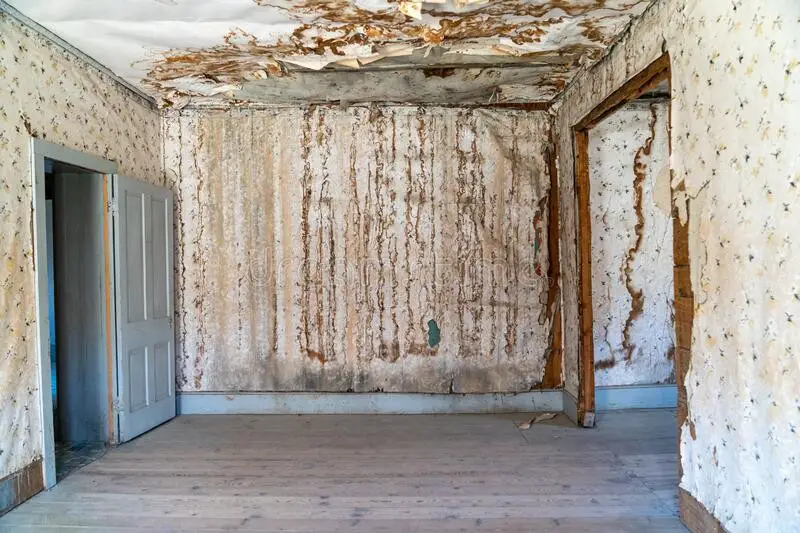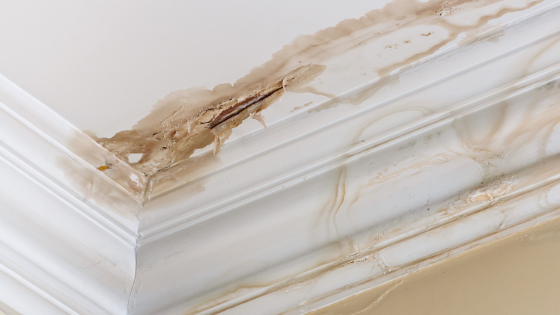Detecting Water Stains on Walls - Techniques to Address Them Usefully
Detecting Water Stains on Walls - Techniques to Address Them Usefully
Blog Article
Here in the next paragraph you can discover additional outstanding insight pertaining to Water Stains on Walls.

Water spots on wall surfaces are not pleasurable to the eyes. Often it seems nearly inescapable to experience water spots on wall surfaces in houses.
Property owners living in humid areas regularly take care of the concern of water spots on wall surfaces. However that doesn't have to be the case for you. With exact and also well-rounded details on the reasons for water spots as well as prompt repair service procedures, you will constantly be an action ahead of such occurrences. This article guarantees to be an useful guide for you.
3 Common Reasons For Water Discolorations on Walls
Unlike common belief, water stains on walls do not always stem from inadequate structure products. There are a number of reasons for water discolorations on walls. These consist of:
Moist
When warm moist air consults with completely dry chilly air, it triggers water droplets to base on the walls of buildings. This takes place in kitchens and bathrooms when there is heavy steam from food preparation or showers. The water beads can tarnish the bordering walls in these parts of your residence and also spread to other locations.
Wet or condensation impacts the roofing and also walls of buildings. This creates them to appear darker than other locations of the residence. When the wall is wet, it produces an ideal environment for the development of fungi as well as germs. These might have unfavorable impacts on health and wellness, such as allergic reactions and respiratory system disorders.
Poor Drainage
When making a building plan, it is vital to ensure appropriate drain. This will avoid water from leaking into the walls. Where the water drainage system is blocked or missing, underground dampness develops. This links to extreme moisture that you notice on the walls of your structure.
So, the leading root cause of damp wall surfaces, in this case, can be an inadequate drainage system. It can additionally be because of bad management of sewer pipelines that run through the structure.
Pipe Leaks
The majority of residences have a network of water pipes within the wall surfaces. It always increases the stability of such pipelines, as there is little oxygen within the walls.
Yet, a downside to this is that water leak impacts the wall surfaces of the structure and triggers widespread damages. A dead giveaway of malfunctioning pipes is the appearance of a water stain on the wall surface.
Pro Suggestion
A houseplant in your house additionally enhances its moisture. So, if your home is already moist, you may want to introduce houseplants with marginal transpiration. An example of appropriate houseplants is succulents.
Water Stains on Wall Surface: Repair Tips
Home owners would typically desire a quick fix when handling water discolorations. They would soon understand this is counterproductive as the water spots reoccur. Right here are a couple of useful ideas that will certainly lead you in the repair of water discolorations on wall surfaces:
Final thought
Although no person wants to have water spots on walls in their home, it can occur to the most effective people. This post gives you take advantage of, as you currently know exactly how to handle this accident if it does happen.
It is always best to recruit specialist services to aid repair the problems in your house.
Sometimes it seems nearly unpreventable to experience water stains on wall surfaces in houses.
Contrary to preferred belief, water discolorations on wall surfaces do not constantly stem from poor building materials. There are numerous reasons of water spots on wall surfaces. The water droplets can tarnish the bordering wall surfaces in these parts of your residence as well as spread to various other locations.
Right here are a couple of helpful ideas that will assist you in the repair service of water spots on walls:
CHECKING FOR WATER DAMAGE
Water damage can be costly, and it may begin before you even notice the first signs of trouble. Water damage can cause mold and mildew in your walls and floors, which can create an abundance of health concerns for your family. It can also lead to costly repairs of various appliances and general home fixtures. To avoid the pricey consequences of water damage, here are Warner Service’s top 5 places you should check:
The walls – The easiest place to spot the beginnings of water damage is on the walls and ceilings of your home. If water damage is present, there will most likely be water stains, especially around the windows and doorframes, and/or cracks in the drywall. If a stain looks unusual (discolored to brown, black or gray, raised texture), has a swollen appearance or is soft to the touch, contact a professional immediately. The pipes – To avoid water damage, consistently check the pipes in your kitchen (especially the dishwasher and ice maker), bathrooms, laundry room (specifically washing machines) and basement for corrosion, leaks and water stains. Pay special attention to where the pipes connect in your home and the location of caulking around the bathroom fixtures, including toilets, sinks, showers and tubs. Missing or loose caulking and grout could be signs of leaking water. This seepage can also quickly cause mold and rust, so double check your water heater and tank for wet spots on the floor. The floor – Water damage is very easy to spot on the floor. Look for any warping or buckling of the material, especially in the basement. If your home has wood flooring, look for bright white or dark stains. If your home has carpeting, keep it dry and clean. A damp carpet that smells of mold could cause water damage and health problems. To avoid this, consider installing floor pans under your appliances to help prevent damages from small, slow and undetected leaks. The basement and attic – If your basement or attic smells odd check for mold and mildew around the area, especially the valley where the roof meets. While you are inspecting those areas, check for wall cracks, floor stains, rust and dampness in the insulation. If you live in a colder and/or rainier climate, perform routine checks for water damage from melting snow or ice and rain. The exterior – Check the roof for damaged flashing and missing, cracked or curled shingles. There should also be no standing water anywhere outside your home. This could be caused by puddles, leaky rain gutters or hoses, poor drainage, or short gutter spouts. Invest in a sump pump system or water flow monitoring system, and perform routine maintenance on these outdoor appliances to avoid indoor water damage.

As a person who reads about Indicators of Water Damage Behind Walls, I imagined sharing that editorial was beneficial. For those who liked our blog post if you please don't forget to share it. I value reading our article about How to Find and Repair Water Leaking in the Wall.
View More Report this page